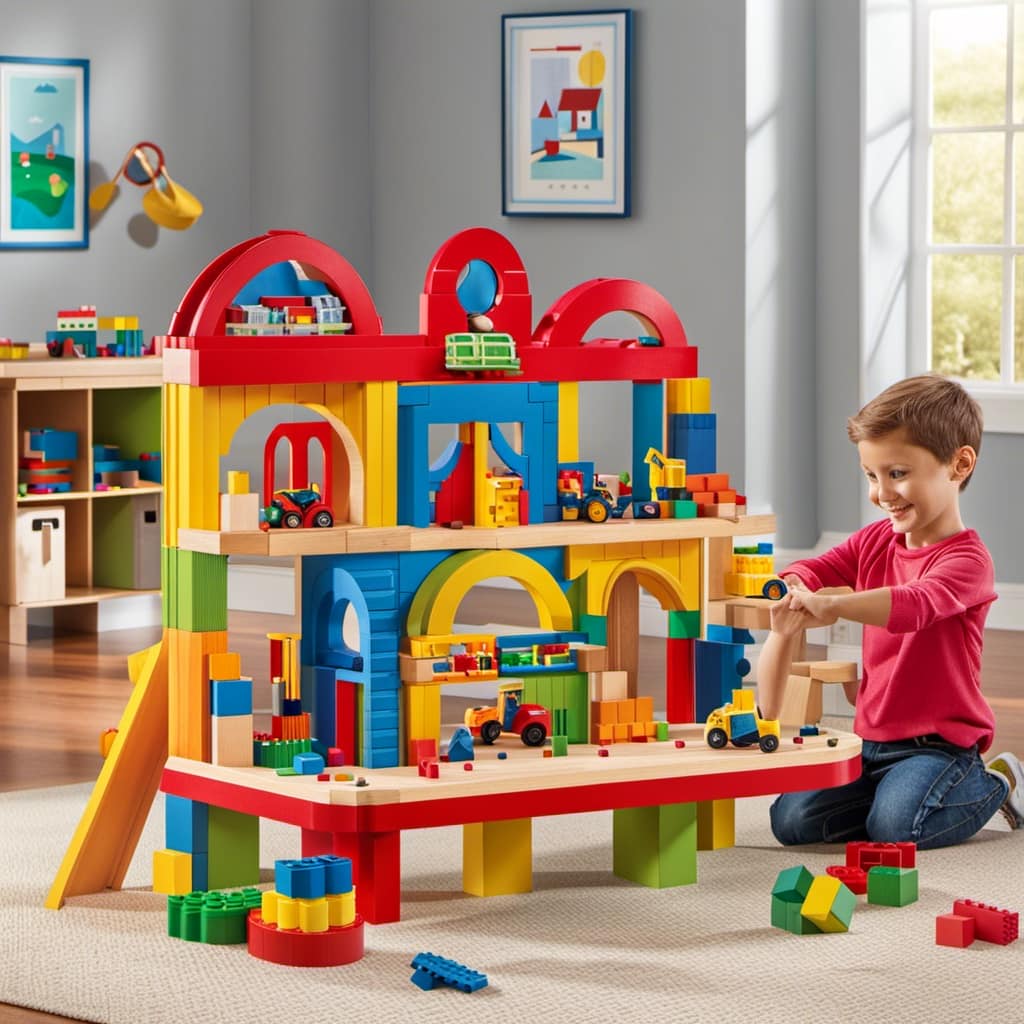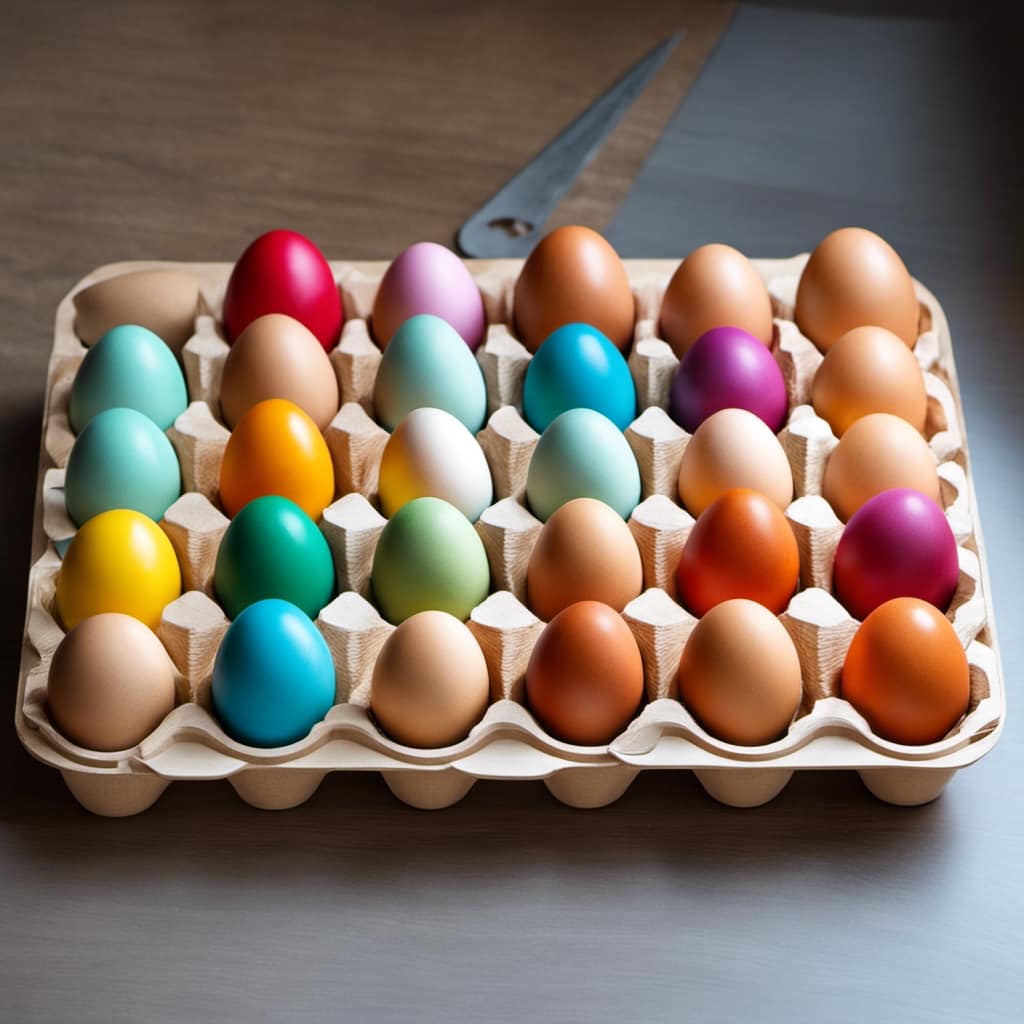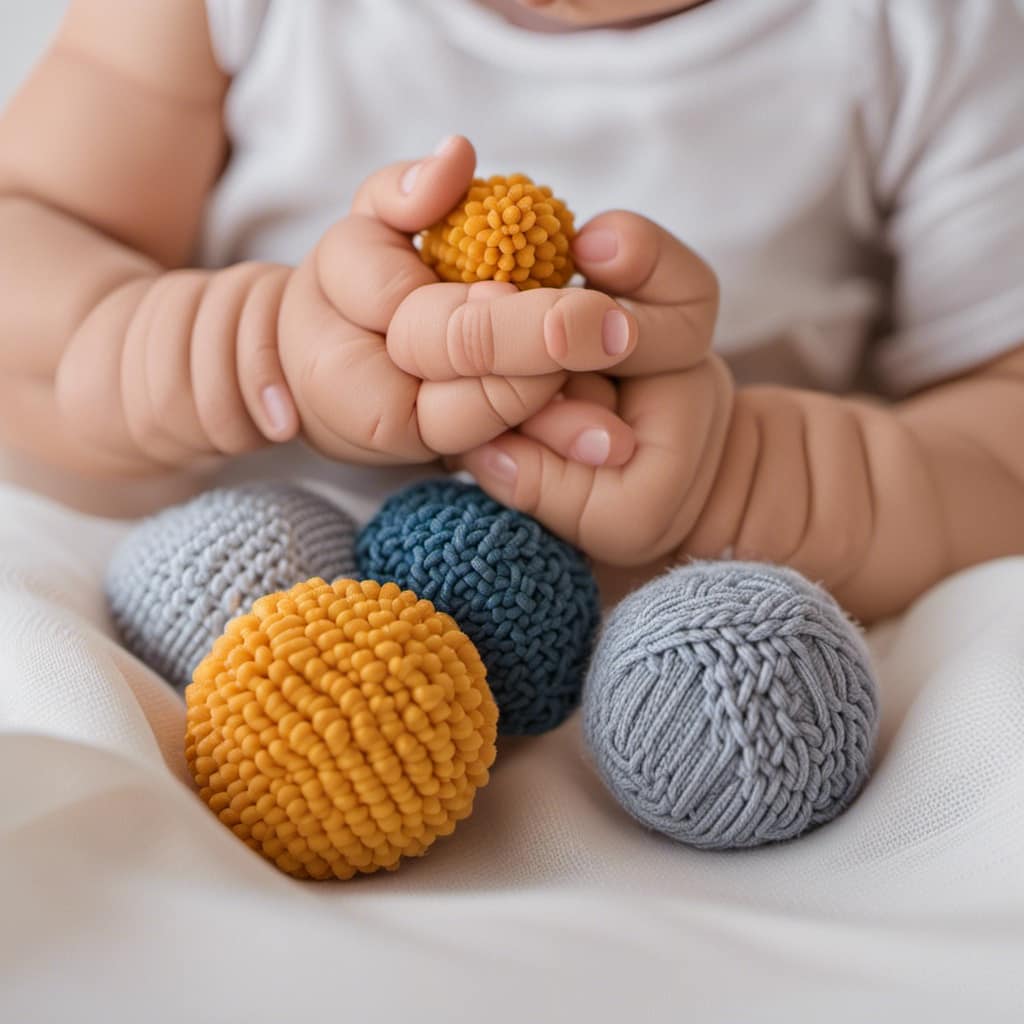As an educator in a Montessori setting, I am constantly seeking ways to enhance creativity and inspire my students. That’s why I am thrilled to share with you the benefits of integrating art supplies into Montessori instruction.
From oil and soft pastels to crayons and tempera paint, these materials offer endless possibilities for experimentation and self-expression. Not only do they foster fine motor skills and imagination, but they also promote cross-disciplinary learning.
In this article, we will explore the must-have art supplies, safety guidelines, and organizing tips to create an inspiring and organized Montessori classroom. Let’s dive in and discover the power of art supplies in Montessori education.
Key Takeaways
- Art supplies like oil and soft pastels foster creativity and fine motor skills in children.
- Incorporating art supplies enhances creativity, self-expression, and imagination in Montessori classrooms.
- Oil and soft pastels offer endless possibilities for creativity and allow for experimenting with color and different finishes.
- Using art supplies in Montessori education promotes sensory exploration, problem-solving, critical thinking, and a sense of pride and accomplishment.
The Benefits of Oil and Soft Pastels in Montessori Education
I love using oil and soft pastels in my Montessori classroom because they allow for experimentation with color, texture, and different finishes.
When it comes to oil pastels vs. soft pastels, both have their unique qualities. Oil pastels offer a smooth and creamy texture, making them perfect for blending and layering. On the other hand, soft pastels have a powdery and velvety feel, creating a more delicate and ethereal effect.
Incorporating art supplies into science lessons is a great way to engage children and make learning more hands-on. For example, students can use oil and soft pastels to create vibrant and expressive illustrations of scientific concepts, such as the water cycle or the life cycle of a butterfly. This allows them to explore both art and science simultaneously, fostering creativity and understanding in a fun and interactive way.
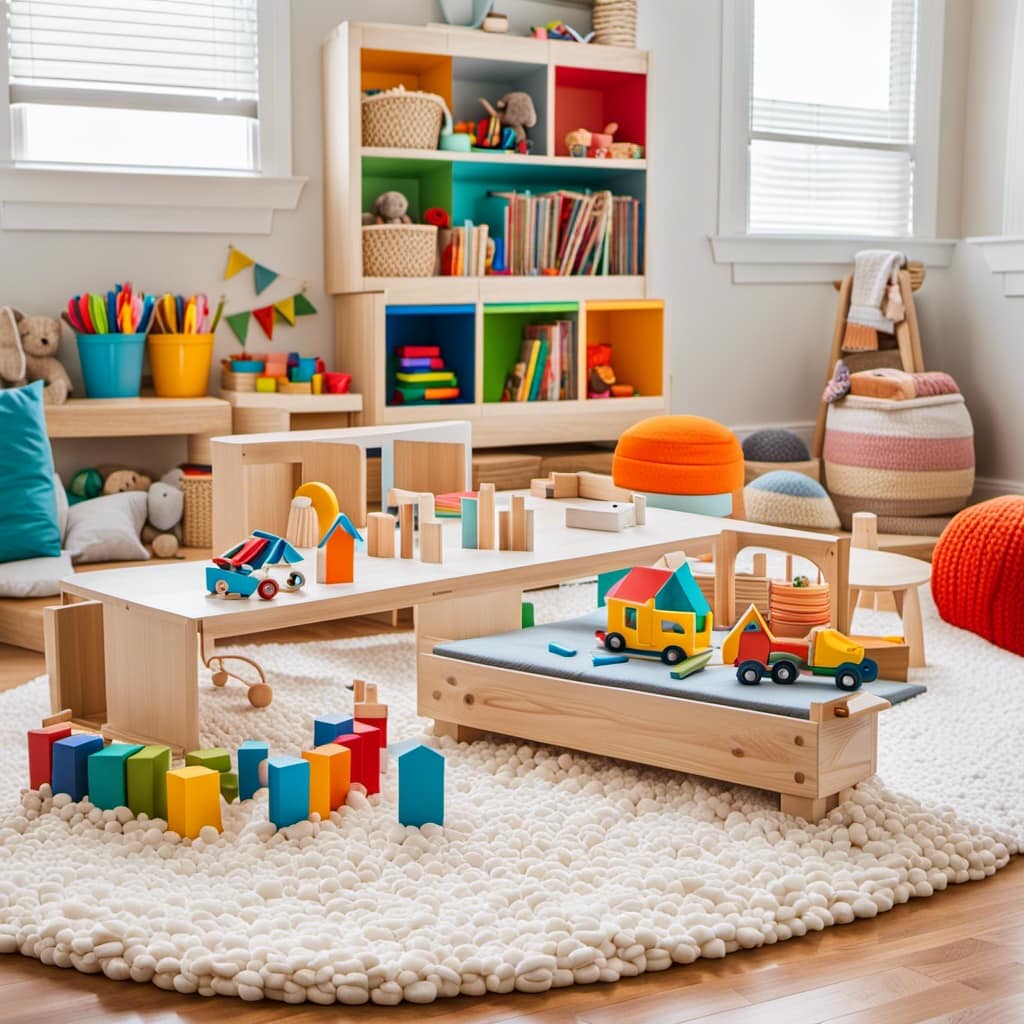
Must-Have Art Supplies for Montessori Classrooms
Using oil and soft pastels in a Montessori classroom allows for endless possibilities of creativity and experimentation with color, texture, and different finishes.
When it comes to choosing the right art supplies for Montessori classrooms, both soft pastels and oil pastels have their own unique qualities. Soft pastels offer a powdery and velvety feel, while oil pastels provide a smooth and creamy texture.
Incorporating these art supplies in non-art subjects expands creativity in Montessori education by allowing children to explore color and texture in science experiments, practice writing and spelling with crayons in language lessons, create maps and diagrams in geography lessons with tempera paint, and shape and construct models in math lessons with wooden playdough tools.
Exploring Montessori-Approved Art Materials
Experimenting with different art materials allows for a wide range of creative possibilities and enhances the learning experience in a Montessori classroom.
In addition to oil and soft pastels, crayons and wooden playdough tools are essential Montessori-approved art materials that facilitate child development and creativity.
Crayons, with their vibrant colors, aid in the development of fine motor skills while teaching children about colors and shapes. They add a touch of fun to art activities and allow for self-expression.
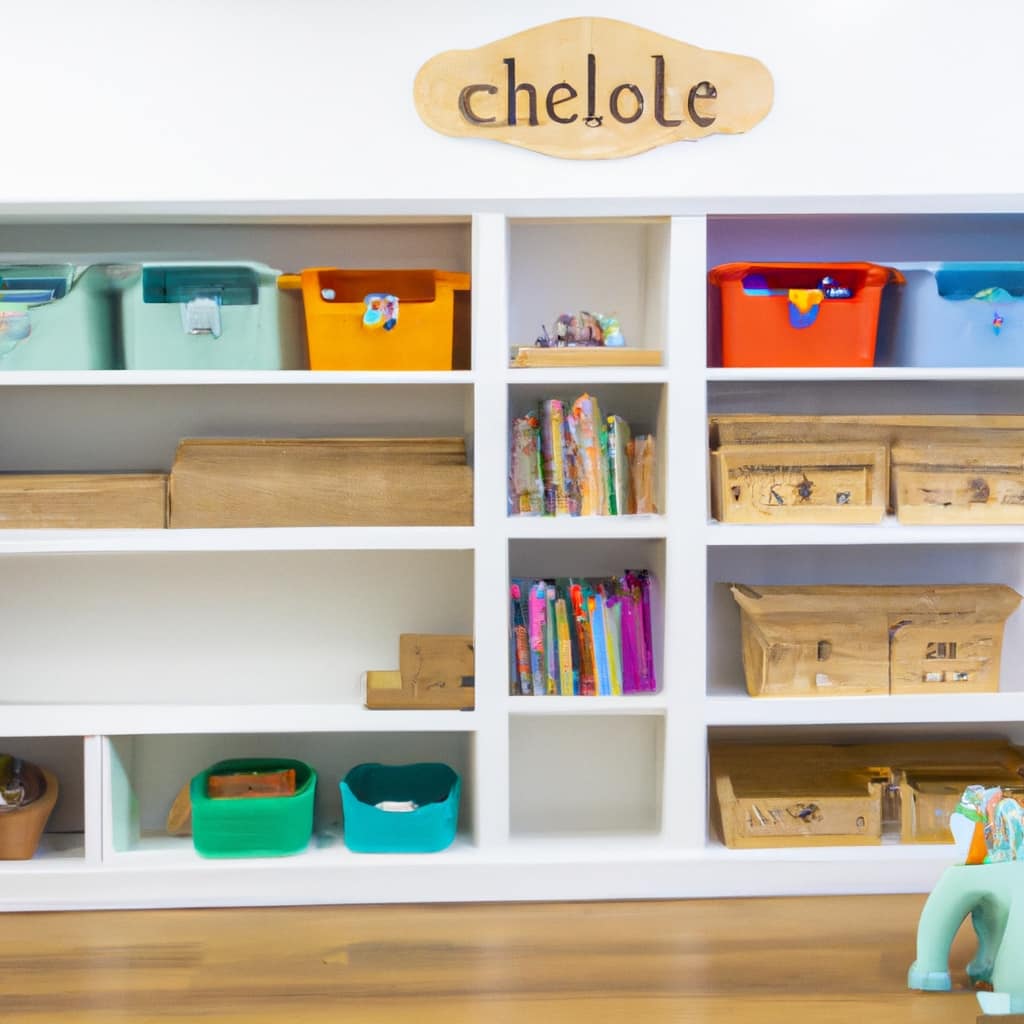
Wooden playdough tools, on the other hand, encourage tactile exploration, creativity, and fine motor skill development. They provide children with the opportunity to shape and construct models, promoting hands-on learning and imaginative play.
Incorporating crayons and wooden playdough tools into art activities fosters a love for art, enhances creativity, and supports holistic development in a Montessori classroom.
Enhancing Creativity With Art Supplies in Montessori
Incorporating oil and soft pastels into art activities allows for a wide range of creative expression and fosters a sense of imagination in the Montessori classroom. These art supplies not only enhance creativity but also provide opportunities for sensory exploration. Children can experiment with different colors, textures, and finishes, stimulating their senses and encouraging self-expression.
Additionally, art supplies like oil and soft pastels can be incorporated into science experiments, adding an artistic element to the exploration of scientific concepts. By combining art and science, children can develop a deeper understanding of the subject matter while also honing their artistic skills. This integration of art supplies in science experiments creates a multidisciplinary approach to learning, fostering critical thinking and problem-solving skills.
The combination of creativity and scientific exploration truly makes for a dynamic and enriching Montessori education.
Safety Guidelines and Integration of Art Supplies in Montessori Education
When it comes to art supplies in the Montessori classroom, safety guidelines play a crucial role in ensuring the well-being of the children. Integrating art supplies into the Montessori education curriculum offers numerous benefits, but it is important to prioritize the safety of the children while doing so.
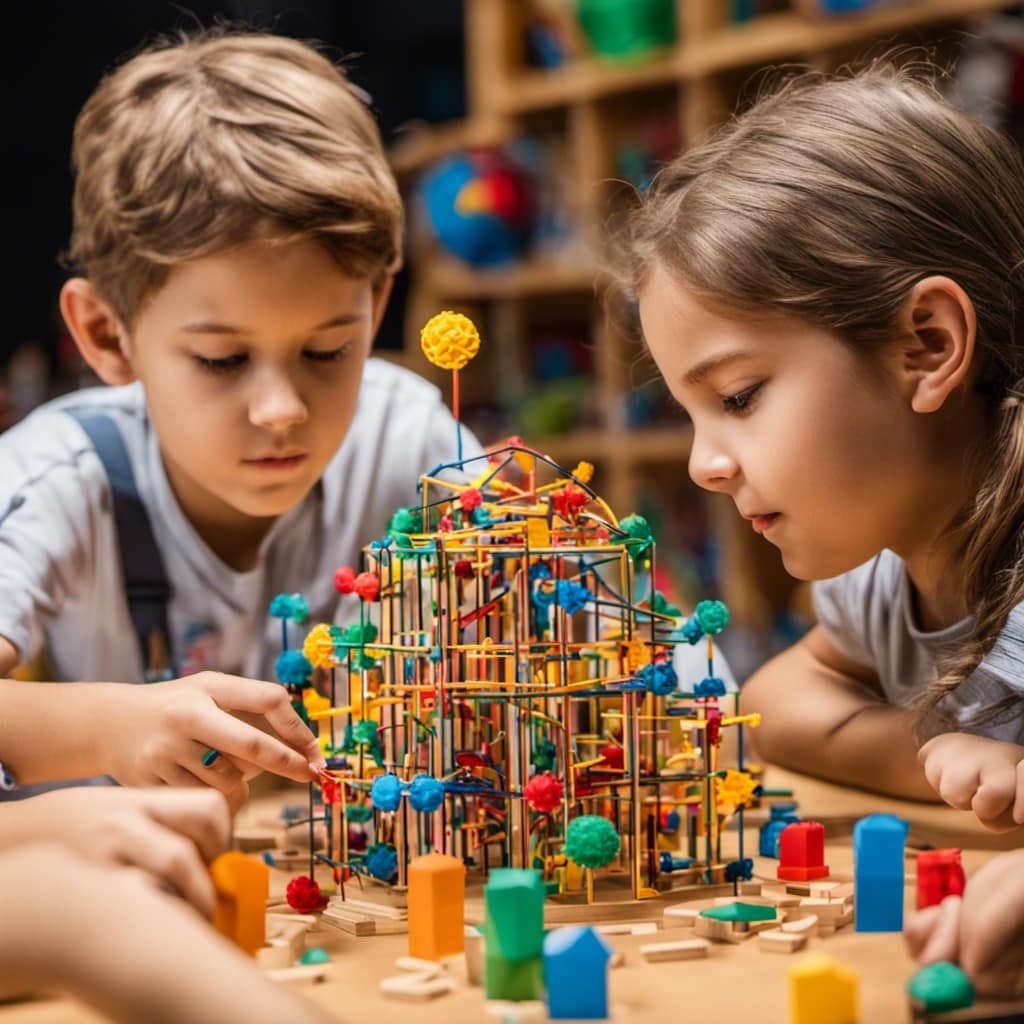
To adhere to safety guidelines, it is essential to choose non-toxic and age-appropriate materials. Additionally, it is important to avoid small parts that could pose a choking hazard and provide proper supervision and guidance during art activities. Regularly inspecting and maintaining art supplies also helps ensure the safety of the children.
Tips for Organizing and Storing Art Supplies in a Montessori Classroom
To effectively organize and store art supplies in my Montessori classroom, I label clear bins or drawers for each type of material. This simple organizing strategy ensures that materials are easily accessible and helps students develop independence in selecting and returning supplies.
Clear bins or drawers allow students to see what materials are available, encouraging them to explore and experiment with different art supplies. Additionally, labeling each container helps students develop literacy skills as they learn to identify and match words with materials.
The Benefits of Using Art Supplies in Montessori Education
Using oil and soft pastels in my Montessori classroom has been instrumental in fostering creativity, fine motor skills, and self-expression in the children.
These art supplies provide endless opportunities for the development of fine motor skills, as children learn to hold and manipulate them with precision.
Through the use of vibrant colors and different finishes, children are able to express themselves and explore their creativity.
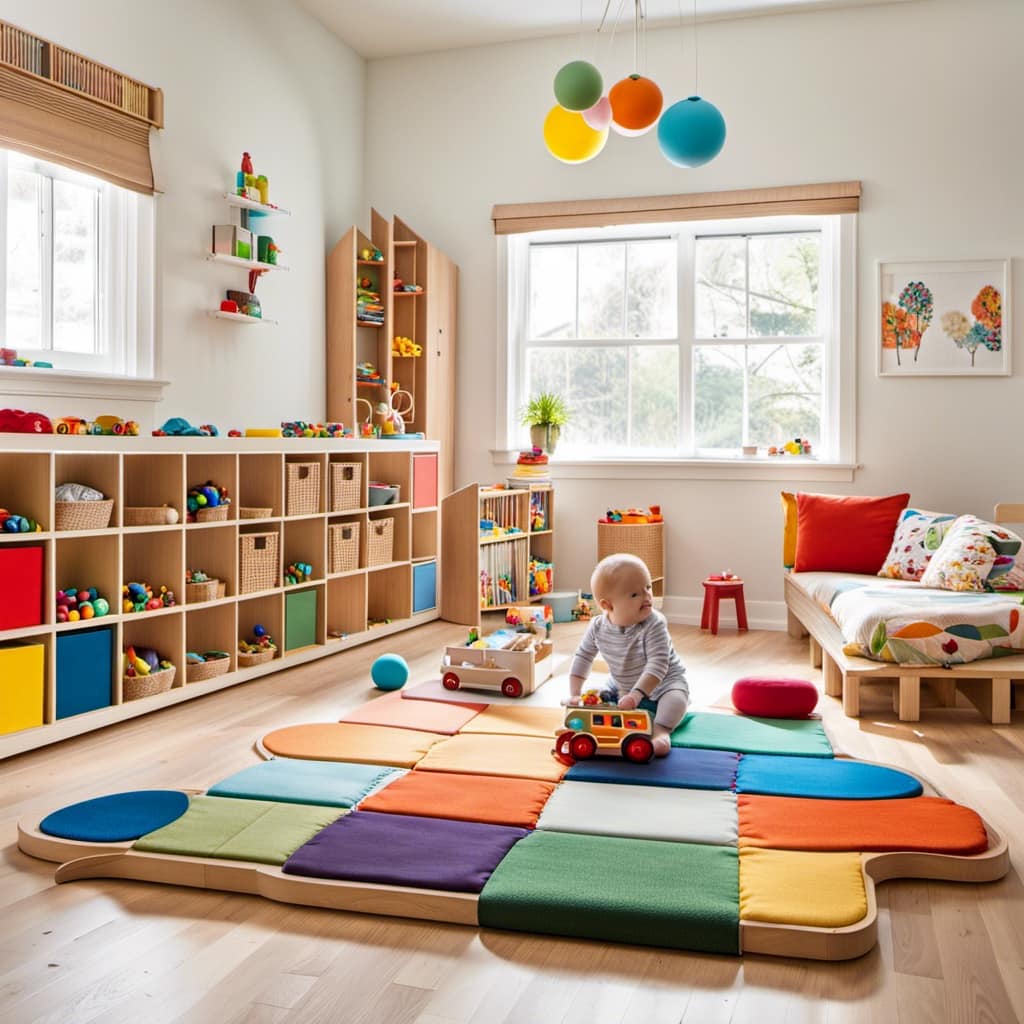
Oil and soft pastels allow for experimentation with color and texture, encouraging sensory exploration and problem-solving.
By incorporating these art supplies into our curriculum, we not only enhance the children’s artistic abilities but also promote critical thinking and a sense of pride and accomplishment.
Art supplies for fine motor skills and self-expression are essential tools in Montessori education, nurturing the holistic growth of each child.
Frequently Asked Questions
How Can Art Supplies Be Used to Integrate Math Lessons in a Montessori Classroom?
Integrating math through art in a Montessori classroom is beneficial for hands-on learning. Art supplies like oil pastels can be used for counting and graphing, promoting creativity and mathematical thinking.
What Are Some Examples of Art Activities That Can Be Done Using Montessori-Approved Art Supplies?
Some examples of art activities using Montessori-approved supplies include collage-making, clay modeling, nature-inspired art, painting with different techniques, and exploring different art styles. These activities foster creativity and sensory exploration.
Are There Any Specific Safety Guidelines to Follow When Using Art Supplies in a Montessori Classroom?
Specific safety guidelines for using art supplies in a Montessori classroom include choosing non-toxic materials, providing age-appropriate supplies, and ensuring proper supervision. Incorporating art supplies benefits creativity, fine motor skills, and self-expression in Montessori education.
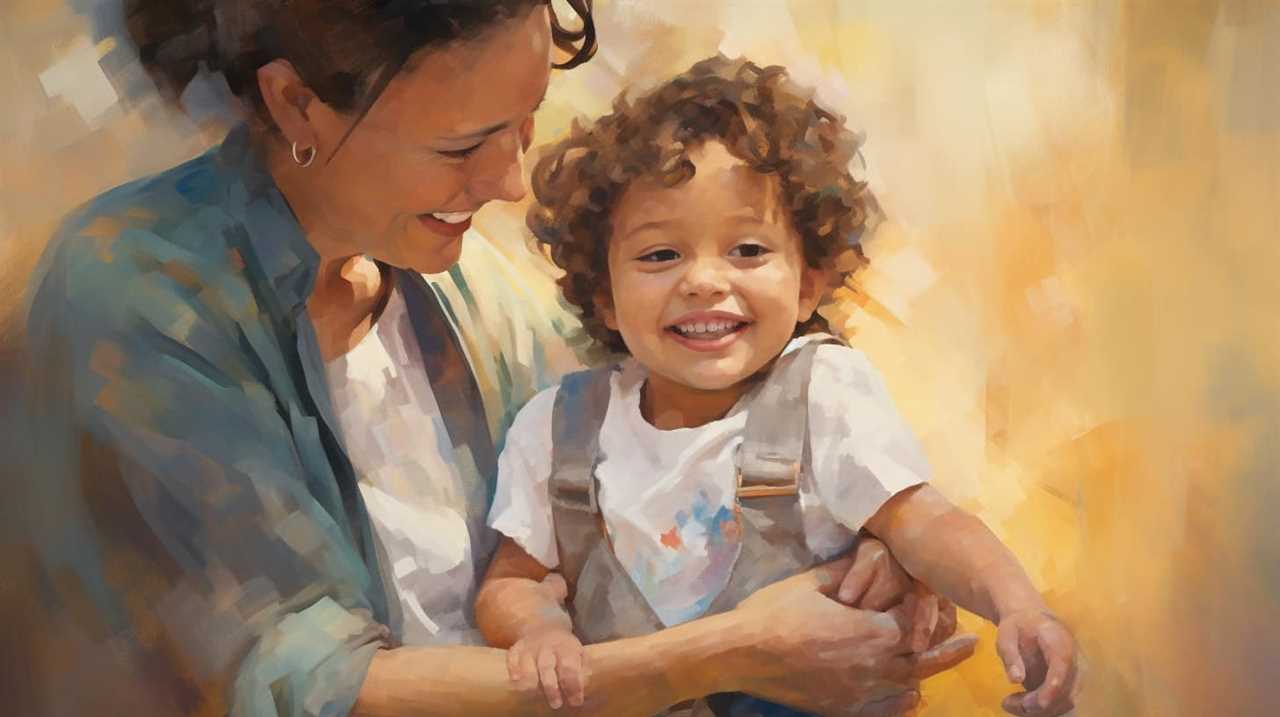
How Can Art Supplies Promote Problem-Solving and Critical Thinking Skills in Children?
Art supplies promote problem-solving and critical thinking in children by encouraging creativity and self-expression. They provide a platform for experimentation, allowing children to explore different solutions and think outside the box.
What Are Some Tips for Organizing and Storing Art Supplies in a Montessori Classroom to Keep It Fresh and Engaging?
When it comes to organizing and storing art supplies in a Montessori classroom, I’ve found a few tips to keep it fresh and engaging. Clear, labeled bins and regular decluttering are key for easy access and a tidy space.
Conclusion
In conclusion, the use of art supplies in Montessori education offers a plethora of perks and possibilities.
From the vibrant hues of oil and soft pastels to the tactile exploration of wooden playdough tools, these materials ignite creativity and foster fine motor skills.
Integrating art supplies into various subjects allows for cross-disciplinary learning, while safety guidelines ensure a secure environment.
So let’s embrace the beauty of art supplies in Montessori classrooms and witness the blossoming of imagination, problem-solving skills, and critical thinking abilities in our little learners.
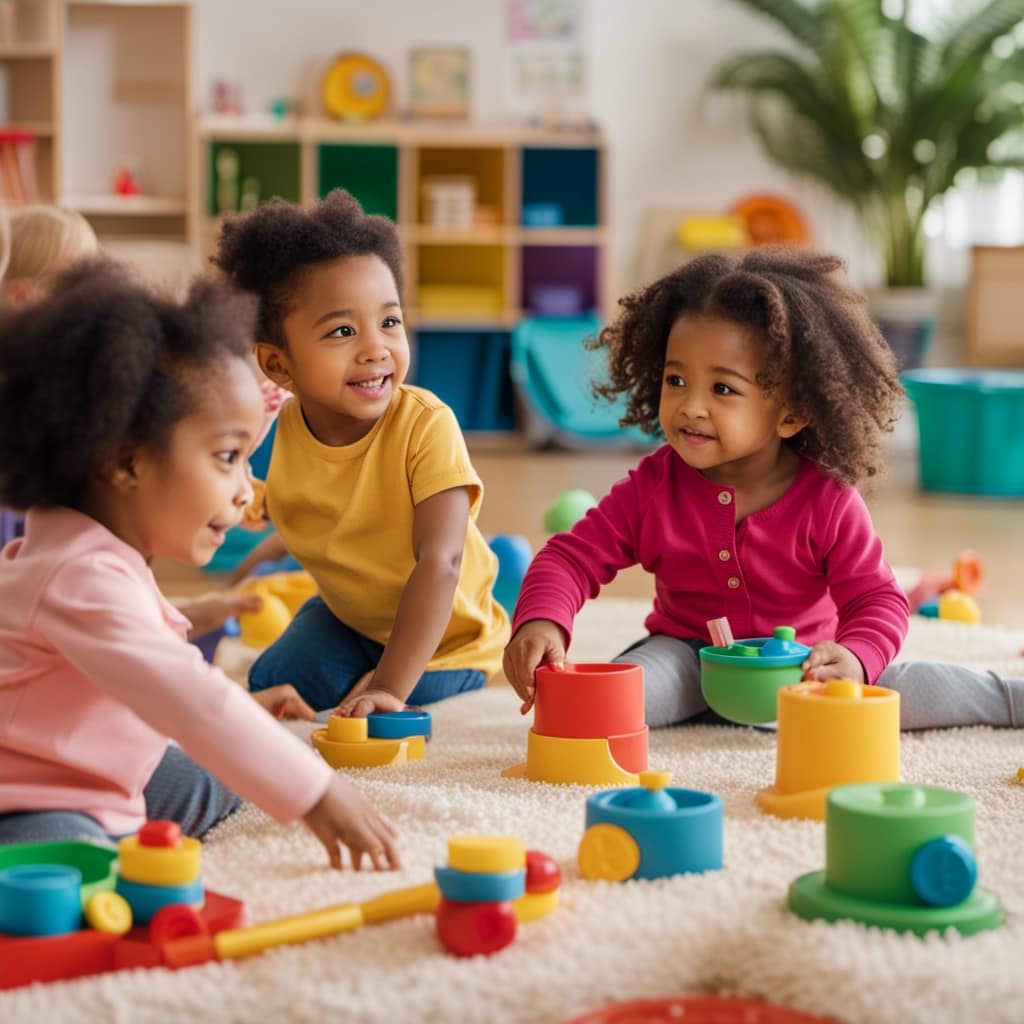
Let their creativity soar!


